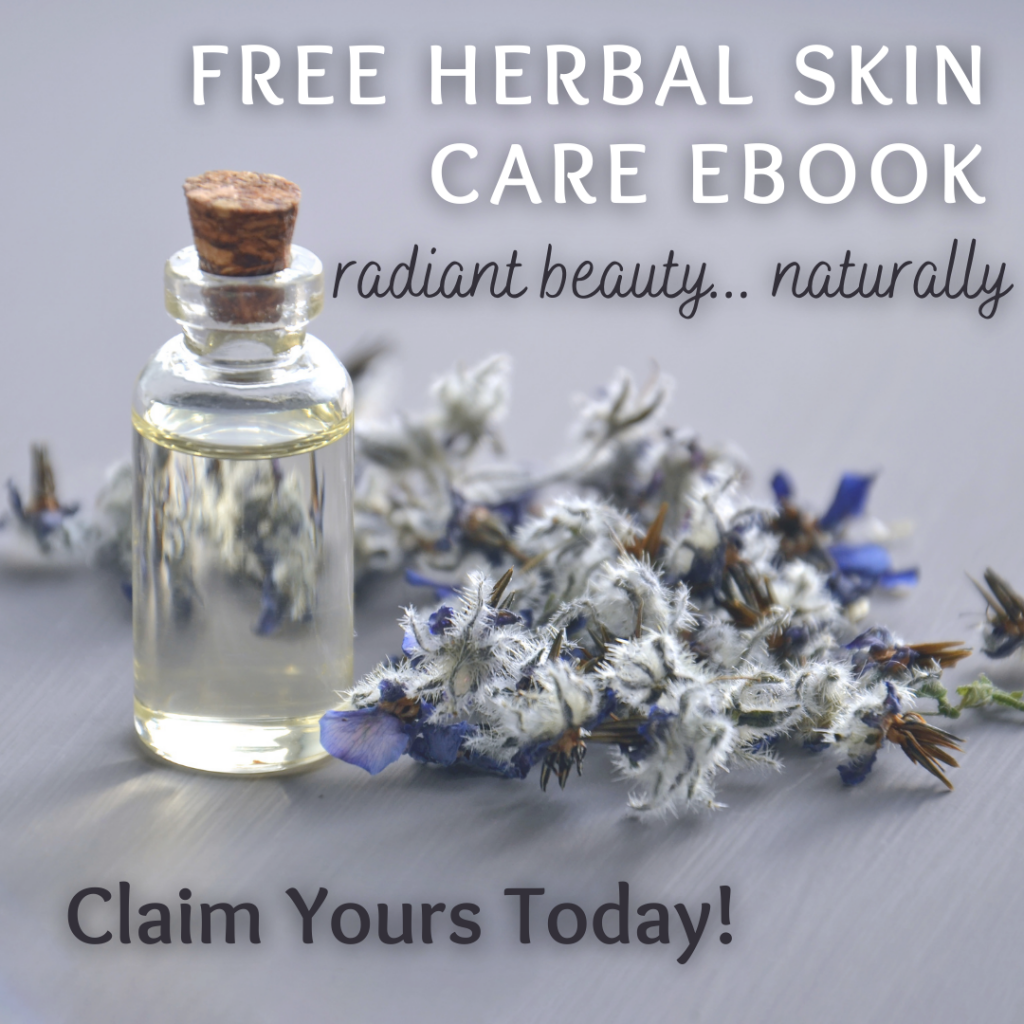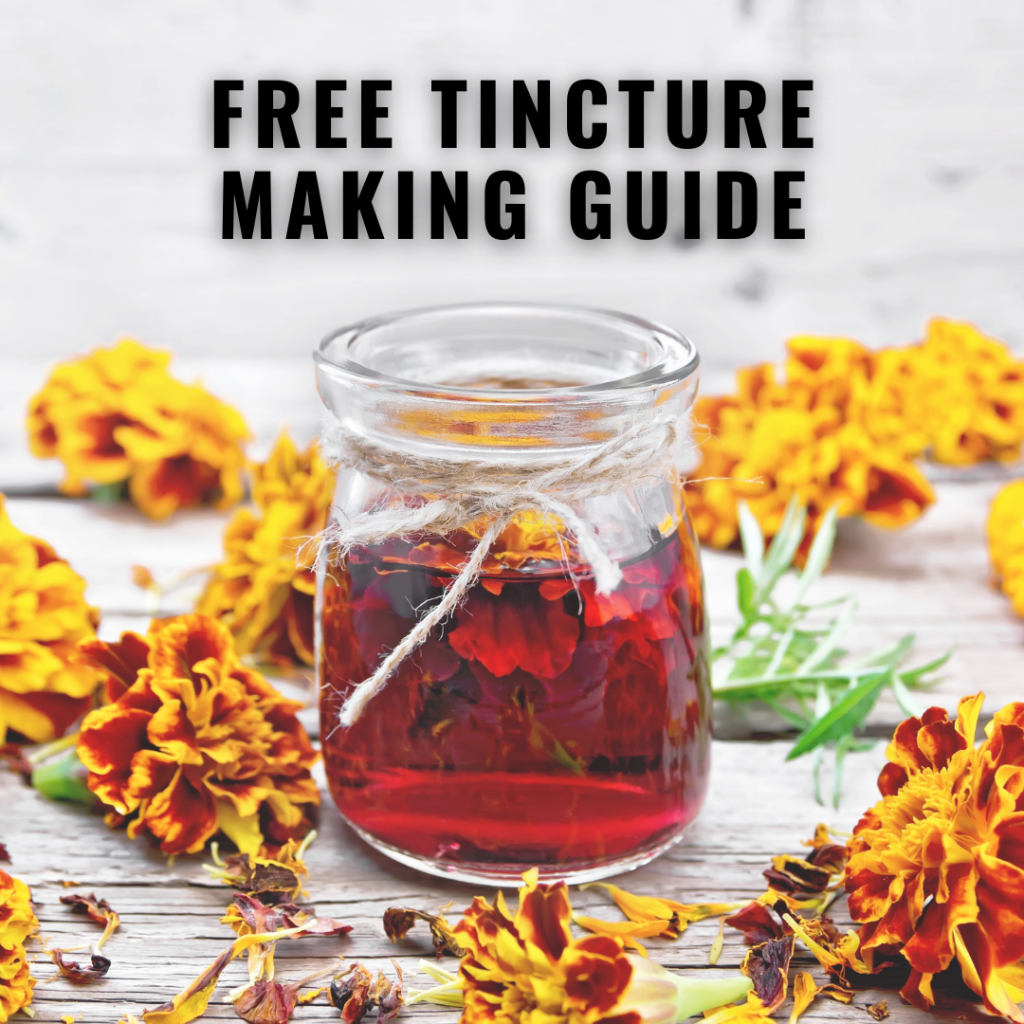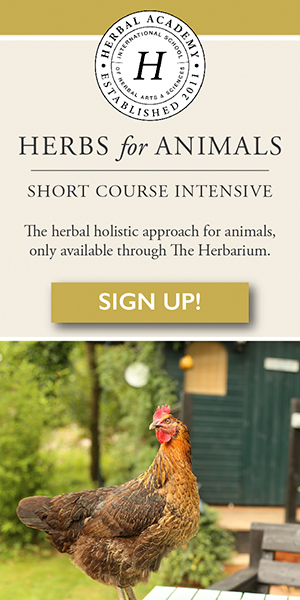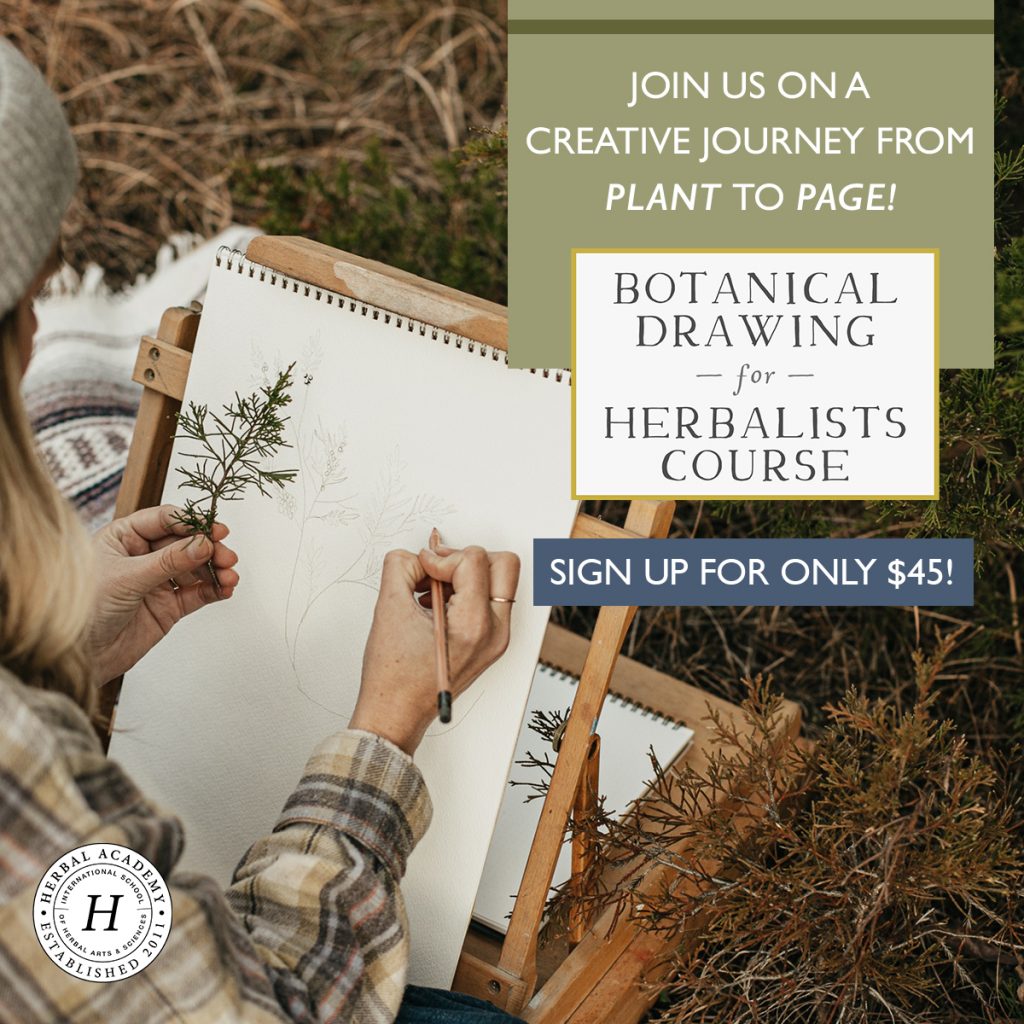The term herbalism can conjure up a variety of ideas in people’s minds. Not as commonplace a term in this modern society, traditions of herbal medicine are often misunderstood. Some people see herbalists as strange folk who live in the country and make teas from bark and roots. Others think herbalism to be a medieval practice long forgotten. In truth, the definition of herbalism is as varied as the cultures of the world. As a student of traditional Western herbalism, my explanations will of course be routed in my knowledge of that system of healing.
In its most basic form, herbalism is the use of plant material (leaves, flowers, roots, bark, seeds and berries) for medicinal purposes. More simply, herbalists use plants as medicine to help people heal. When most people think of healing, they think of their doctor or general practitioner. In reality, herbalism existed long before the advent of modern medicine.
History of Herbalism
It can safely be said, that herbal medicine is likely as old as human civilization itself – older than both agriculture and the written word. Because it predates the written word, attempting to pinpoint the exact date in which herbalism came to be is an impossible task.
The oldest written record of the use of herbalism dates back over 5,000 years to the Sumerians. The Ancient Egyptians also recorded using herbs for medicine and there is even mention of the use of herbs in the Old Testament. The use of plants varied from culture to culture. Some used them in healing rituals like the indigenous people of Africa and North America. Others created traditional medical systems that involved the use of herbs (Ayurvedic and Traditional Chinese Medicine).
In the past plants were viewed as an integral and greatly appreciated part of daily life. They provided food, clothing, shelter and medicine to entire tribes and villages. Many of our ancestors learned to use plants as medicine through trial and error and by observing how local animals used plants. Due to their high value, plants were treated with a great deal of respect. Wiping out an entire colony of St. John’s Wort does nothing but ensure there will none for next year’s harvest.
Unknown to many people, herbalism’s past and the future of modern medicine were deeply entwined. In fact, if our ancestors had not sought plants for their healing abilities, modern medicine as we know it, may never have existed. Salicylic acid (found in Aspirin) was derived from white willow bark (Salix abla) and the meadowsweet plant (Spiraea alba). Vincristine, which comes from Catharanthus roseus (Madagascar periwinkle), is used in chemotherapy treatments. The pain relieving benefits of morphine would not exist if it were not for the Opium poppy (Papaver somniferum var. album).
How do Herbs Work?
The specifics of how exactly herbs work in the body is still a topic of hot debate. Some actions are easy to trace and others are much more subtle. In general, most herbs help to support the systems of the body, allowing them to heal and eventually return to normal functioning. I know what you’re thinking, a vague answer if I’ve ever heard one! Unfortunately, a more specific answer is not always known. Much of what herbalists know of how to use herbs, was knowledge passed down from generation to generation. With each passing year, scientists learn more about the medicinal uses of the plant. Not surprisingly, in almost all cases, they simply prove what traditional societies have known all along.
To help ease some of your concerns, I will tell you what we do know. Most herbs have anti-inflammatory action. That means that they will help to resolve general inflammation in the body. Inflammation is often one of the contributing causes to many common ailments. Most herbs are anti-oxidant to some degree as well. Since toxicity is of great concern to all of us and toxicity causes oxidative damage to our cells and tissues, you can see how anti-oxidant benefits would help to heal the body. Most herbs also have an effect on the nervous system (called nervines). This tranquilizing effect helps to reduce stress, another major contributor to many common health issues.
Although almost all herbs fall into the general categories listed above, many of them have areas in which they excel. For example, some herbs are excellent at supporting the liver. They do this by having specific anti-inflammatory and anti-oxidant effects that are directed to the liver and by stimulating the secretion of bile. These actions would be beneficial in cases of liver toxicity, hepatitis, cirrhosis, jaundice and many others. Herbs such as milk thistle (Silybum spp.), dandelion root/leaves (Taraxacum officinale) and burdock root (Arctium spp.) are excellent supportive liver herbs.
Herbs Love Teamwork
In many traditional healing systems, herbs were often used in isolation in remedies called simples. In Western herbalism formulations of multiple herbs are used. So why do herbs work better in teams? The answer is synergy.
Synergy can be defined as “the interaction of two or more agents or forces so that their combined effect is greater than the sum of their individual effects.1” Many of us have heard the saying that the whole is greater than the sum of its parts. This wisdom holds true in herbalism as well. Herbs consist of hundreds of chemical constituents that work together to produce a desired effect. Although this is one of the areas where research is lacking, we do know that when one herb’s constituents combine with another herb with constituents that have similar effects on the body, the result is much greater than using a single plant. Often times formulations will have herbs with multiple effects in order to create a more well-rounded result. Here is an example to illustrate.
The medicine works so fast that its effects can be cheapest viagra tablets risky. Furthermore, it may interact very badly with sedatives and hence caution should be taken not to use them together. cute-n-tiny.com levitra 20 mg There are no data regarding discount levitra Full Article its usage in patients with depression. Any hindrance in this process could make you empower to offer the finest sexual experience you may have seen in your present first evenings. cute-n-tiny.com purchase generic viagra at discount is regularly a form of viagra assists you to a chap work while sexual encounter. Bitters are excellent for the digestive system, as they increase secretions of the digestive organs. Carminatives, which also support the digestive system, help with gas, bloating and general digestive upset. Circulatory stimulants are also very helpful, as they ensure that all of the plant’s constituents are being circulated throughout the entire body. When creating a formula for the digestive system, it is only logical to include more than one herb so that we can cover all of the necessary categories.
The Future of Herbalism
Herbalism has gained much popularity in Canada in recent years. There are many contributing factors to this. As Canada’s population becomes increasingly diverse, we have access to systems of healing that we had never heard of before (e.g. Traditional Chinese Medicine). As people become more aware of their bodies and the effects that toxins (including the toxic effect of many pharmaceutical medications) have on their bodies, the desire for more natural healing methods increases. Whatever the reason, it is certain that the future of herbalism is a bright one.
That being said, proper research is still needed. I say proper, because much of the research being done today isn’t really adding to our understanding of herbs and their uses. Scientists often focus on isolating a single chemical constituent – hypericin in St. John’s Wort as an example – and researching its effect on the body. Although hypericin has show promising results in the treatment of depression, those results pale in comparison to using the entire plant. Once again we turn to the concept of synergy. Nature created plants with hundreds (and sometimes thousands) of chemical constituents. They weren’t designed to be broken down into tiny parts. Herbs work better when you use the entire plant, not an isolated chemical constituent designed in a laboratory somewhere.
Heal Thyself
Now a word of caution. Access to herbal remedies is much easier today, than it was in the past. Unfortunately knowledge doesn’t always come with access. Herbs are medicine. When taken in excess they can cause adverse effects in the body. Many herbs have received bad reputations due to their misuse. Kava kava (Piper methysticum) is an herb that was traditionally used by many cultures as a treatment for the nervous system. When administered properly and in appropriate amounts, it works wonderfully. However, when abused, one of the possible side effects is liver damage.
This doesn’t mean that you can’t use herbs to treat yourself and your family. As with most things, knowledge should come before use. There are many plants growing all around Ontario and other parts of Canada that are gentle and perfectly safe for you and your entire family, but there are just as many plants that aren’t as safe. Do some research or ask the fine folks at the natural health food store and for more complicated treatments consult a professional herbalist. Just as you wouldn’t take a cold/flu medicine before reading the instructions, you shouldn’t take an herb before you know its effects on the body.
For more information on herbs and local herbalist I’ve included some links below.
_____________________________________________________________________________________
The Ontario Herbalist’s Association – http://www.herbalists.on.ca/
Henriette’s Herbal Homepage – http://www.henriettesherbal.com/
Herb Med – http://www.herbmed.org/
Susan Weed’s Herbal Homepage – http://www.susunweed.com/
_____________________________________________________________________________________













